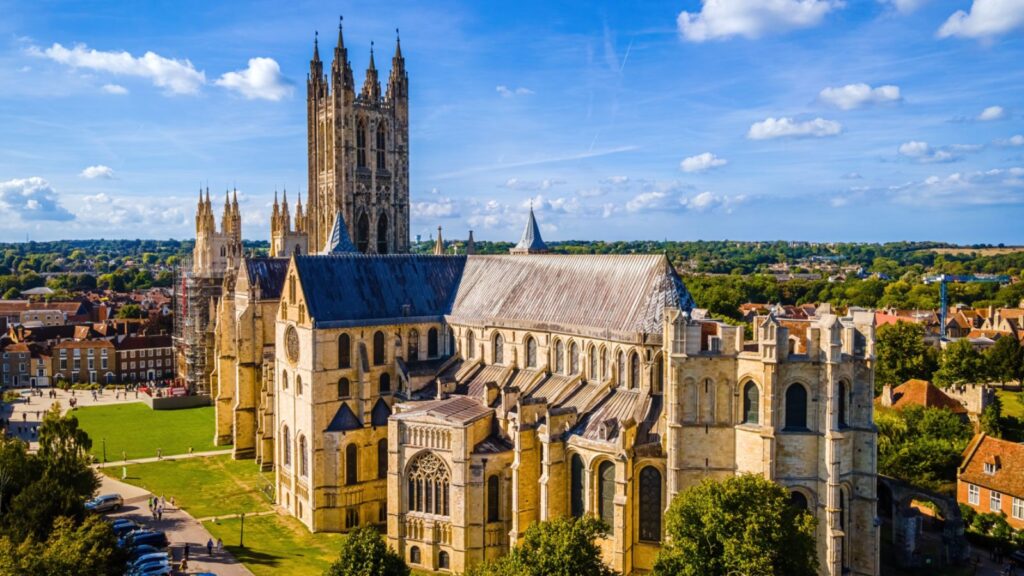The United Kingdom is filled with ancient landmarks, majestic castles, and storied monuments. These places aren’t just tourist attractions; they hold the essence of British heritage and culture. We asked Brits to share their favourite historical sites, and according to the locals, these are the 21 most important.
Stonehenge
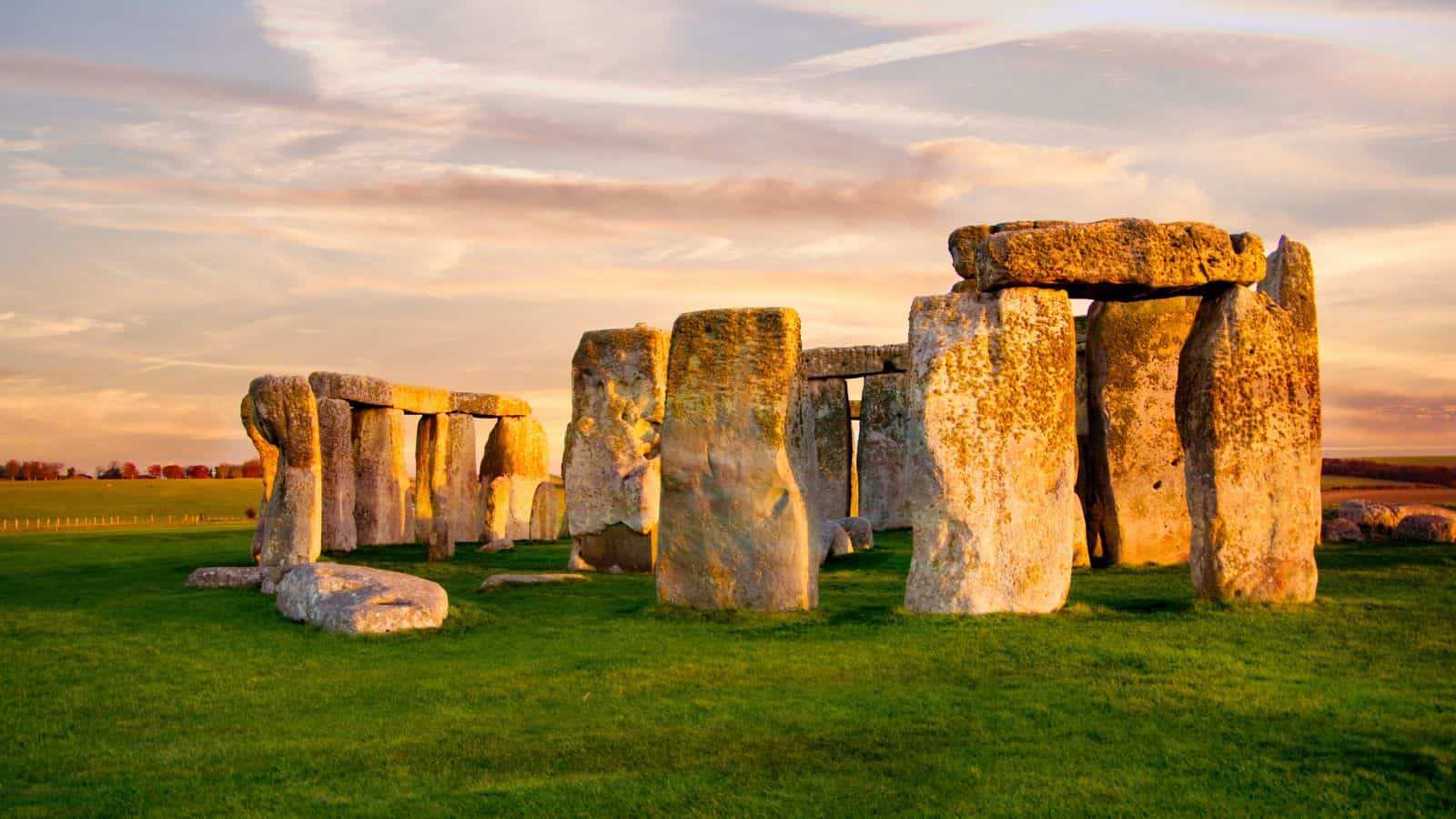
Stonehenge is perhaps the most iconic prehistoric monument in the UK, though “there is no definite evidence as to the intended purpose,” according to Britannica. Situated on Salisbury Plain in Wiltshire, this ancient stone circle has mystified and fascinated people for centuries. Dating back over 4,500 years, its purpose remains a topic of debate, with theories ranging from a celestial calendar to a religious site.
The Tower of London
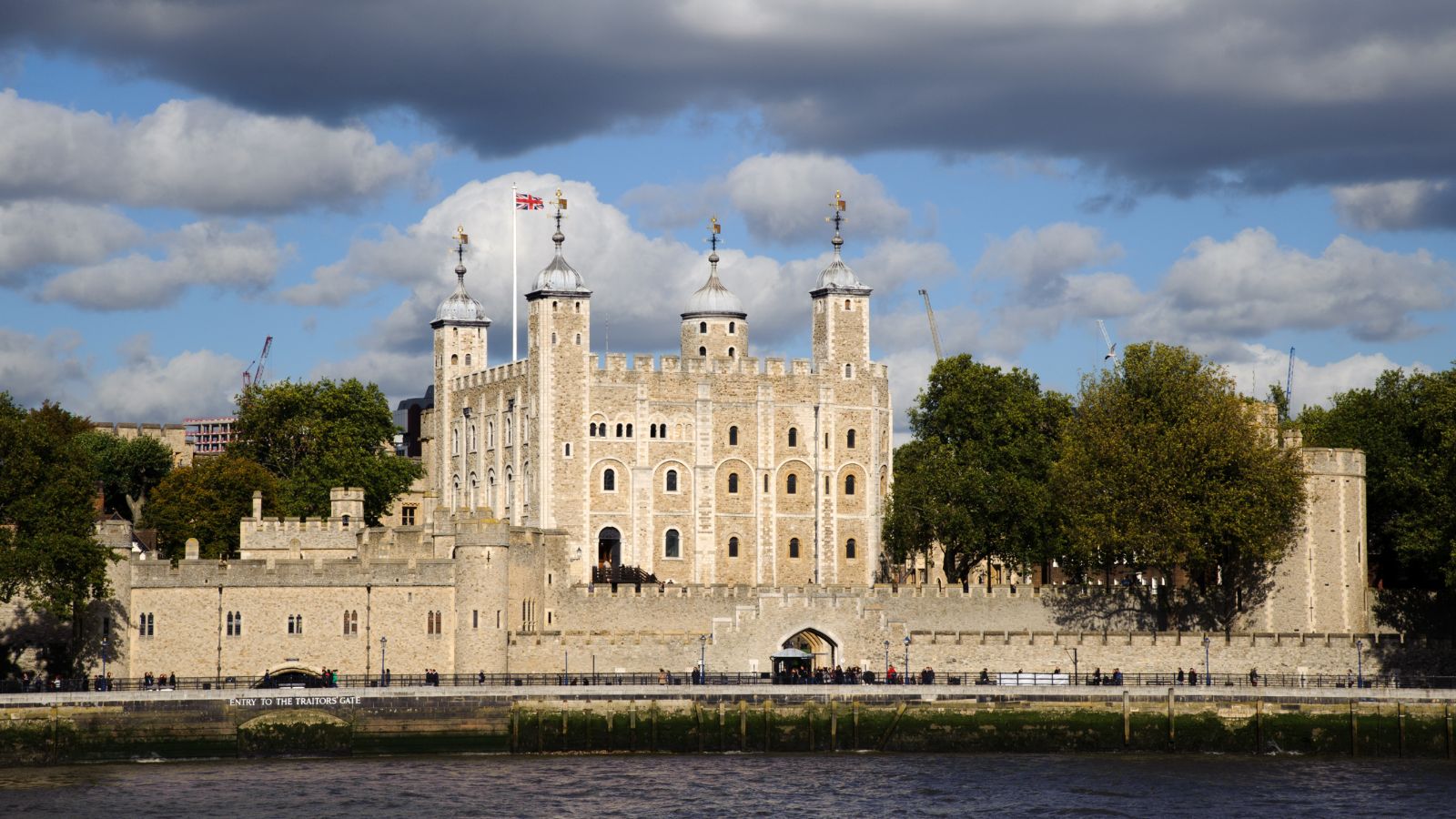
Standing proudly on the River Thames, the Tower of London is a symbol of the city’s tumultuous history. Built by William the Conqueror in 1066, this fortress has served as a royal palace, prison, armoury, and even a zoo. The tales of the Tower are filled with intrigue, from the imprisonment of Anne Boleyn to the mysterious disappearance of the Princes in the Tower.
Edinburgh Castle
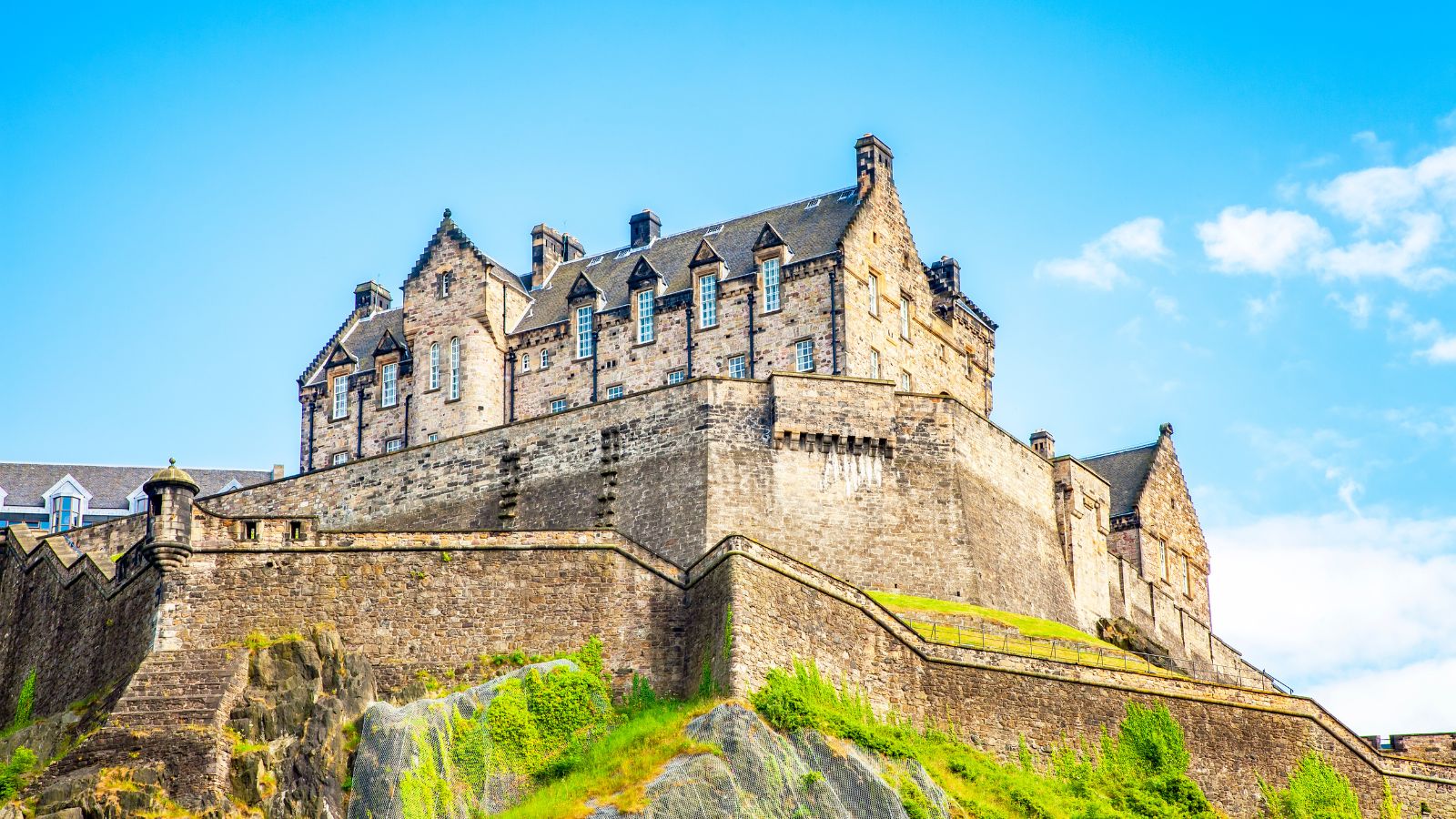
Edinburgh Castle dominates the skyline of Scotland’s capital, perched atop Castle Rock. This formidable fortress has witnessed many of Scotland’s historic events, including the Wars of Scottish Independence and the Jacobite rising. Home to the Honours of Scotland (the Scottish Crown Jewels) and the Stone of Destiny, used in the coronation of Scottish monarchs, the castle is a must-visit for history enthusiasts.
Hadrian’s Wall
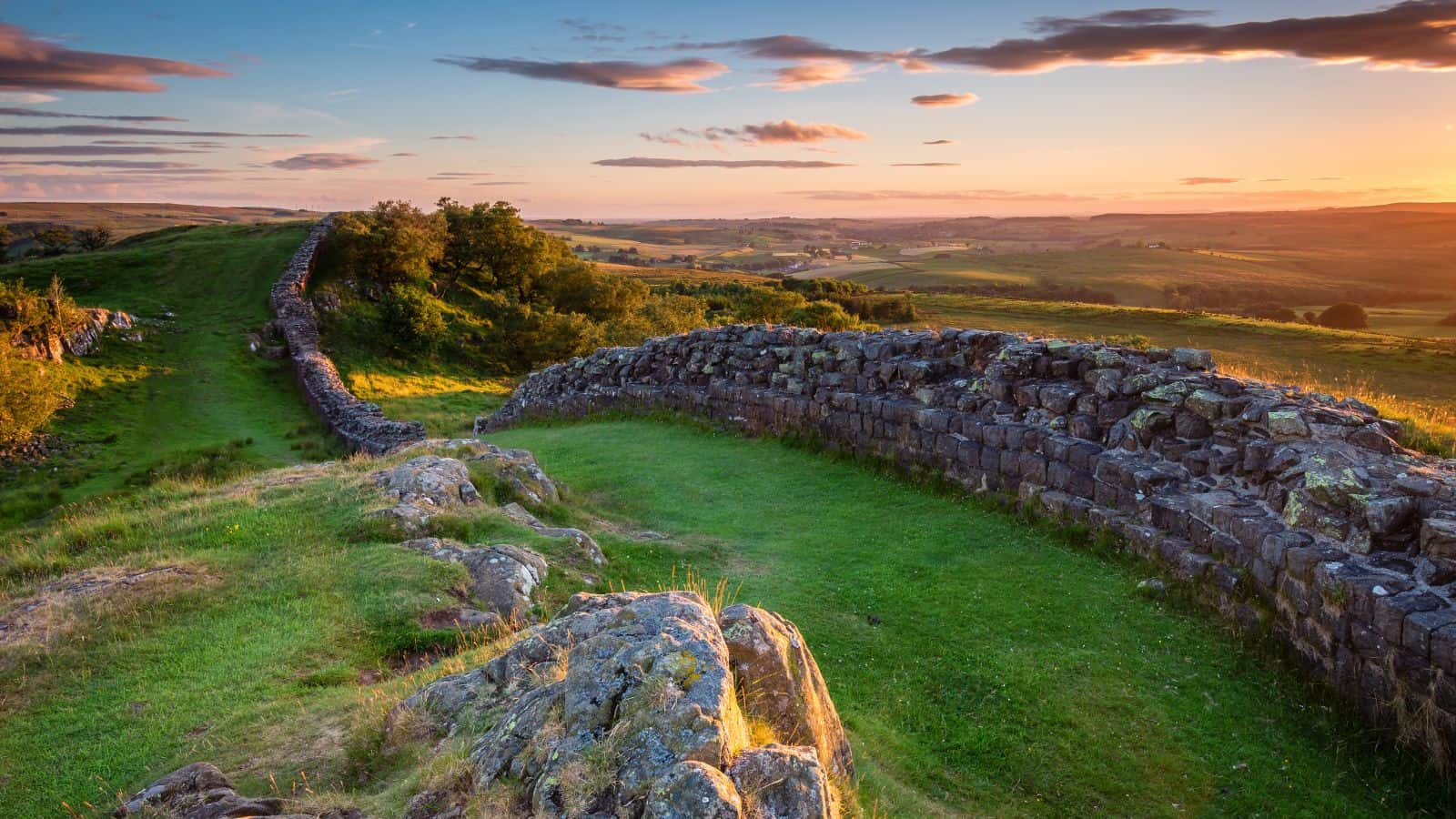
Stretching across northern England from the River Tyne to the Solway Firth, Hadrian’s Wall is a remarkable relic of the Roman Empire. Constructed under the orders of Emperor Hadrian in AD 122, this 73-mile-long fortification was intended to protect Roman Britain from the northern tribes. Today, you can walk along sections of the wall and explore the various forts, milecastles, and turrets that provide a glimpse into life on the Roman frontier.
The Roman Baths
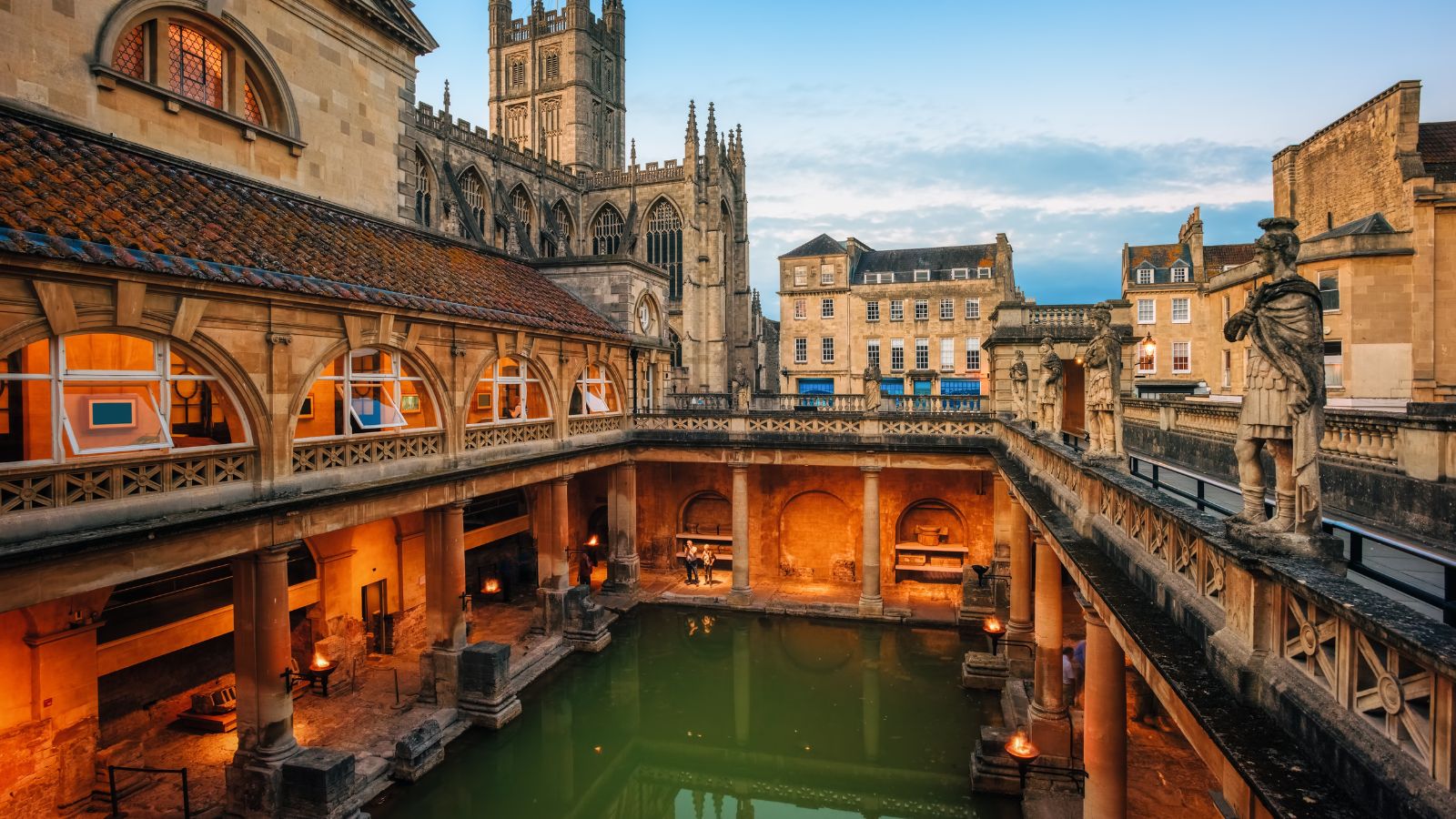
In the heart of Bath lies one of the best-preserved Roman bathhouses in the world. The Roman Baths were constructed around 70 AD and became a social hub for relaxation and bathing. Visitors can tour the ancient complex, including the Great Bath, heated rooms, and plunge pools, while learning about the sophisticated engineering behind the Roman aqueducts and heating systems.
Westminster Abbey
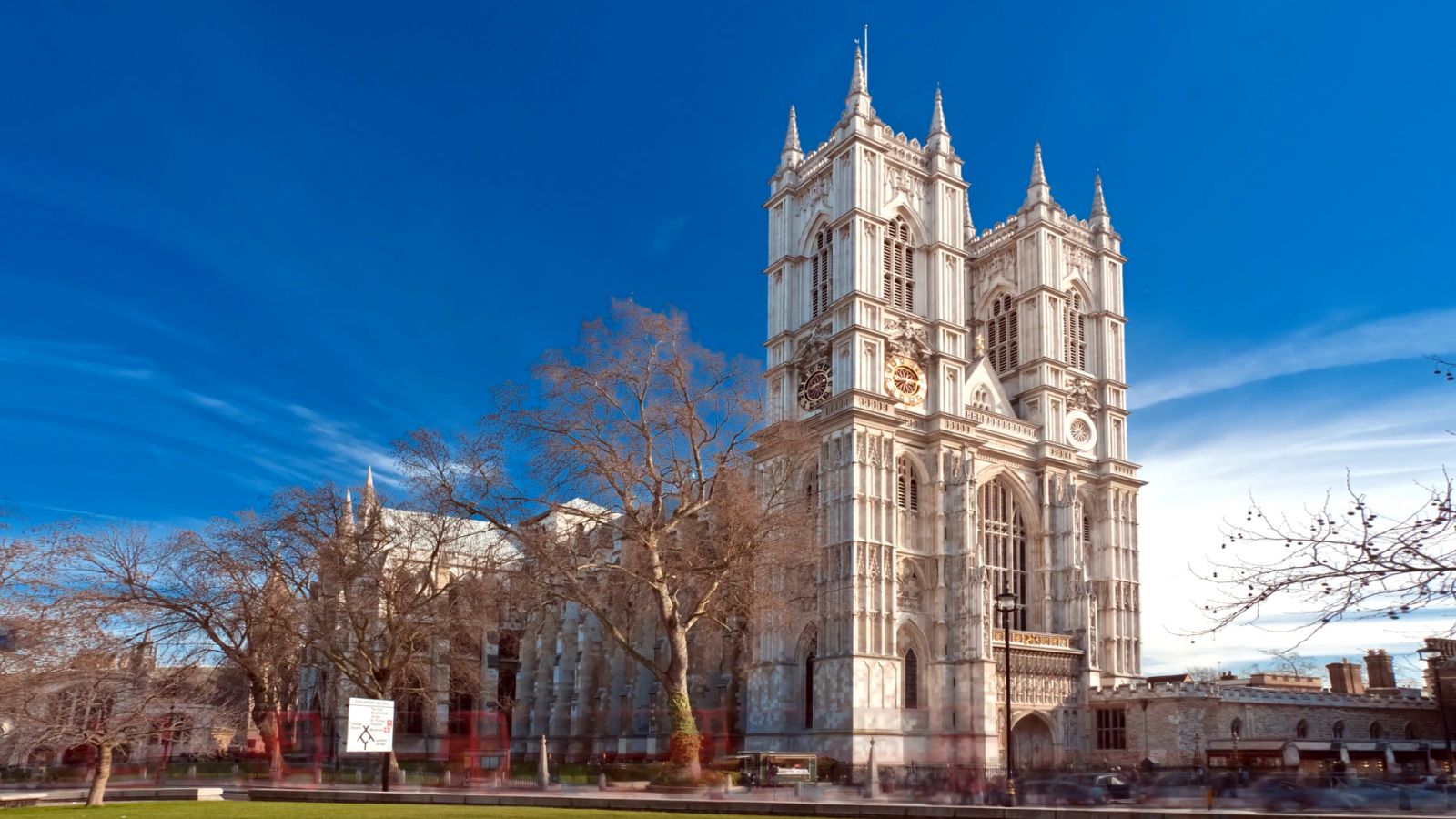
Westminster Abbey is a magnificent Gothic church in the heart of London, steeped in over a thousand years of history. This architectural masterpiece has been the coronation site for English and British monarchs since William the Conqueror in 1066 and the final resting place for numerous kings, queens, poets, and scientists.
The British Museum
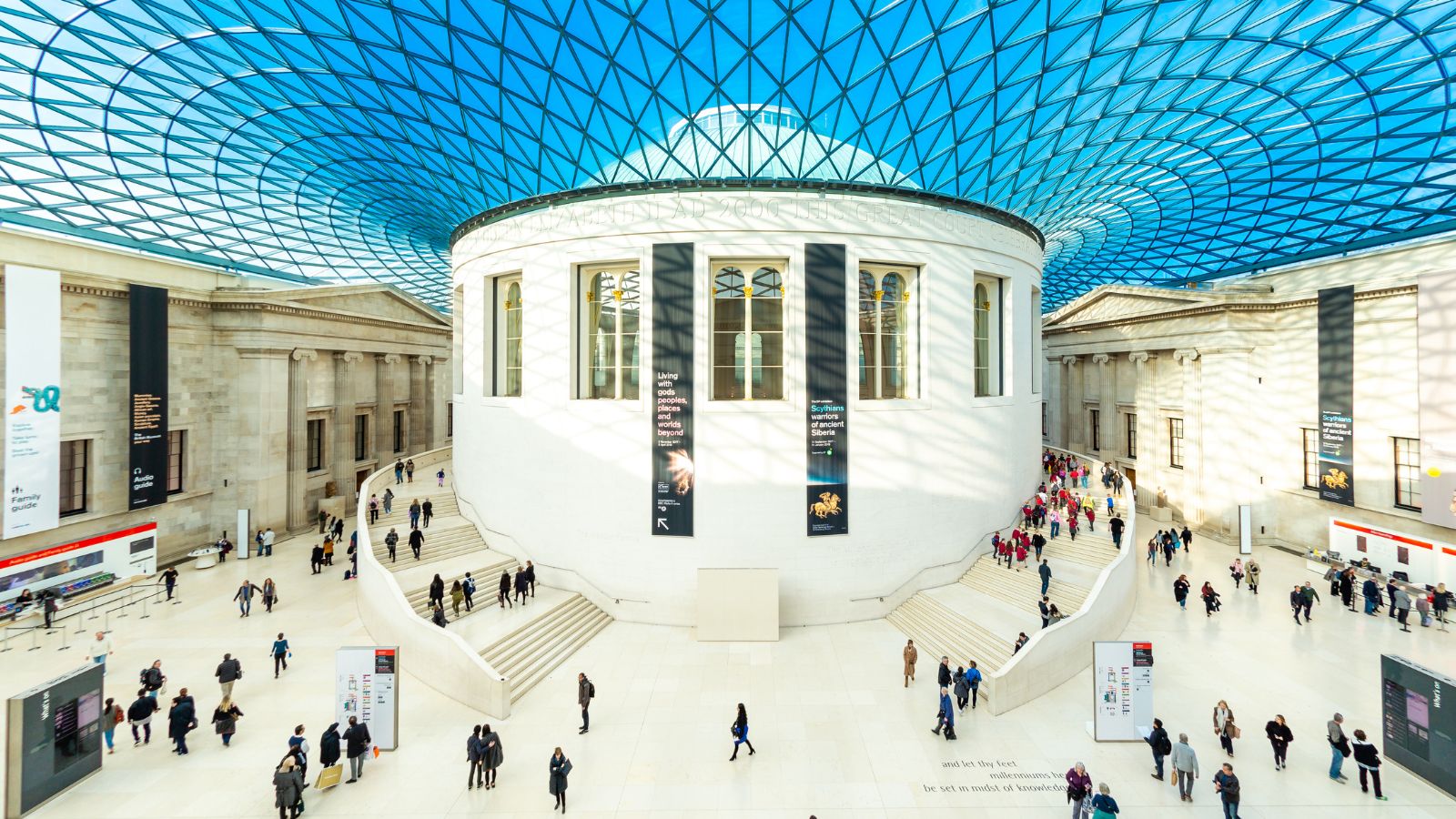
A repository of world history and culture, the British Museum in London houses an extensive collection of artefacts from all corners of the globe. It opened in 1759 and boasts treasures like the Rosetta Stone, the Elgin Marbles, and the Egyptian mummies. Each exhibit offers a window into different civilisations, making it a fascinating journey through human history.
Blenheim Palace
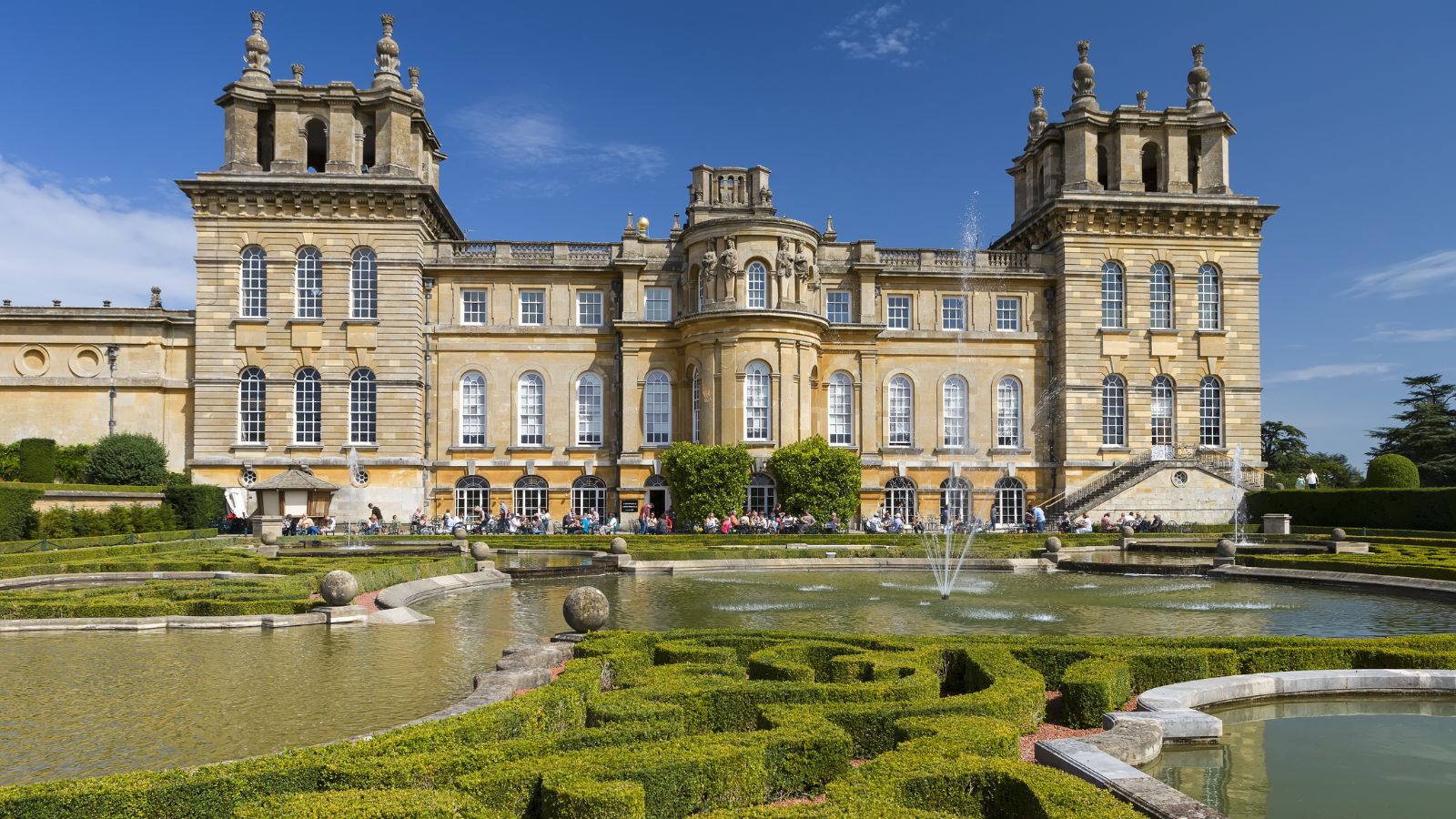
Blenheim Palace in Oxfordshire is a monumental country house and the birthplace of Sir Winston Churchill. This UNESCO World Heritage site is a masterpiece of Baroque architecture surrounded by over 2,000 acres of landscaped parkland designed by Capability Brown. The palace’s opulent state rooms, filled with fine art and tapestries, reflect its grandeur.
Canterbury Cathedral
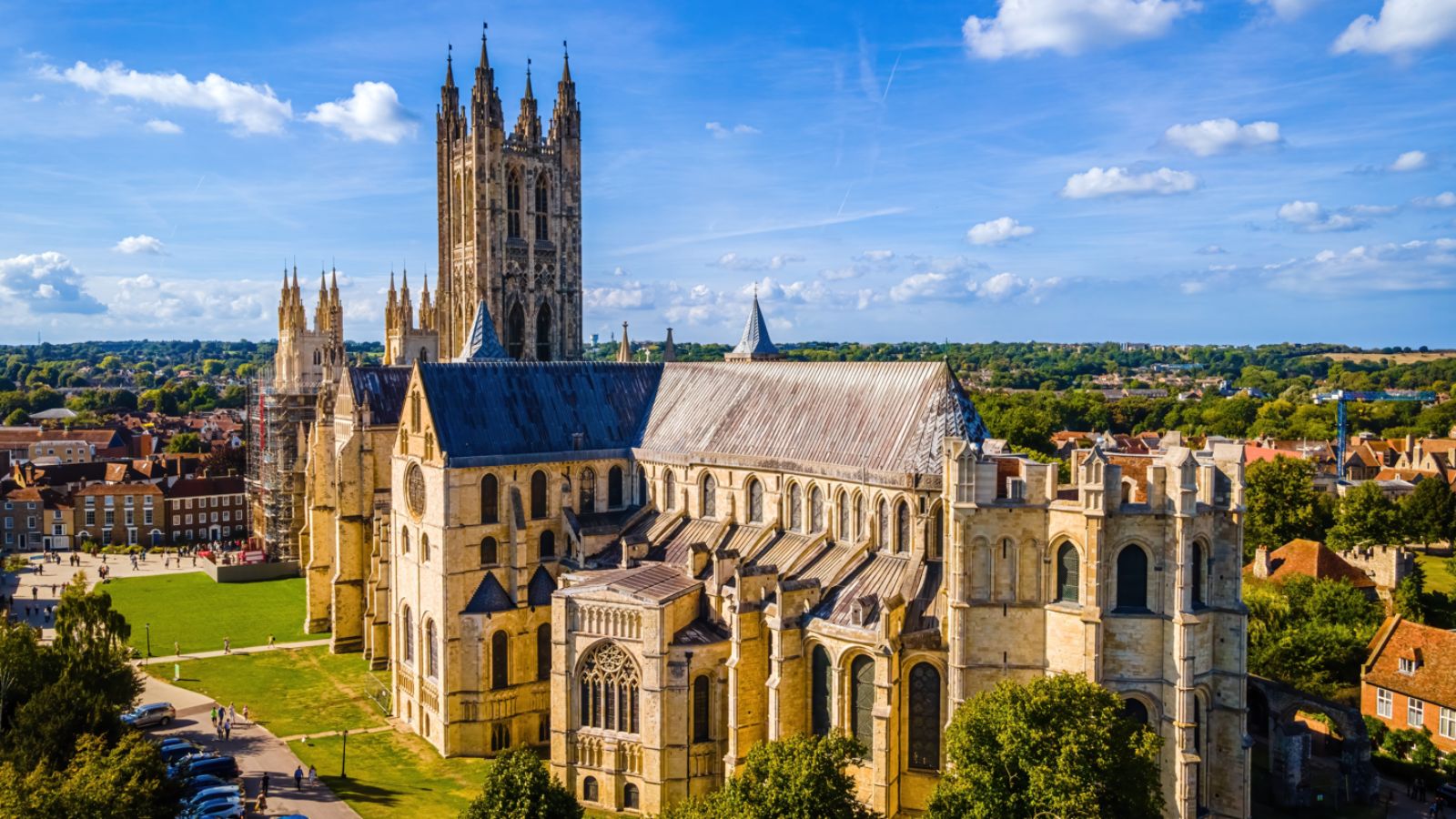
One of the oldest and most famous Christian structures in England, Canterbury Cathedral, was founded in 597 AD and became a major pilgrimage site following Archbishop Thomas Becket’s martyrdom in 1170. The cathedral’s stunning Gothic architecture, with its towering spires and intricate stained glass windows, is awe-inspiring.
The Houses of Parliament
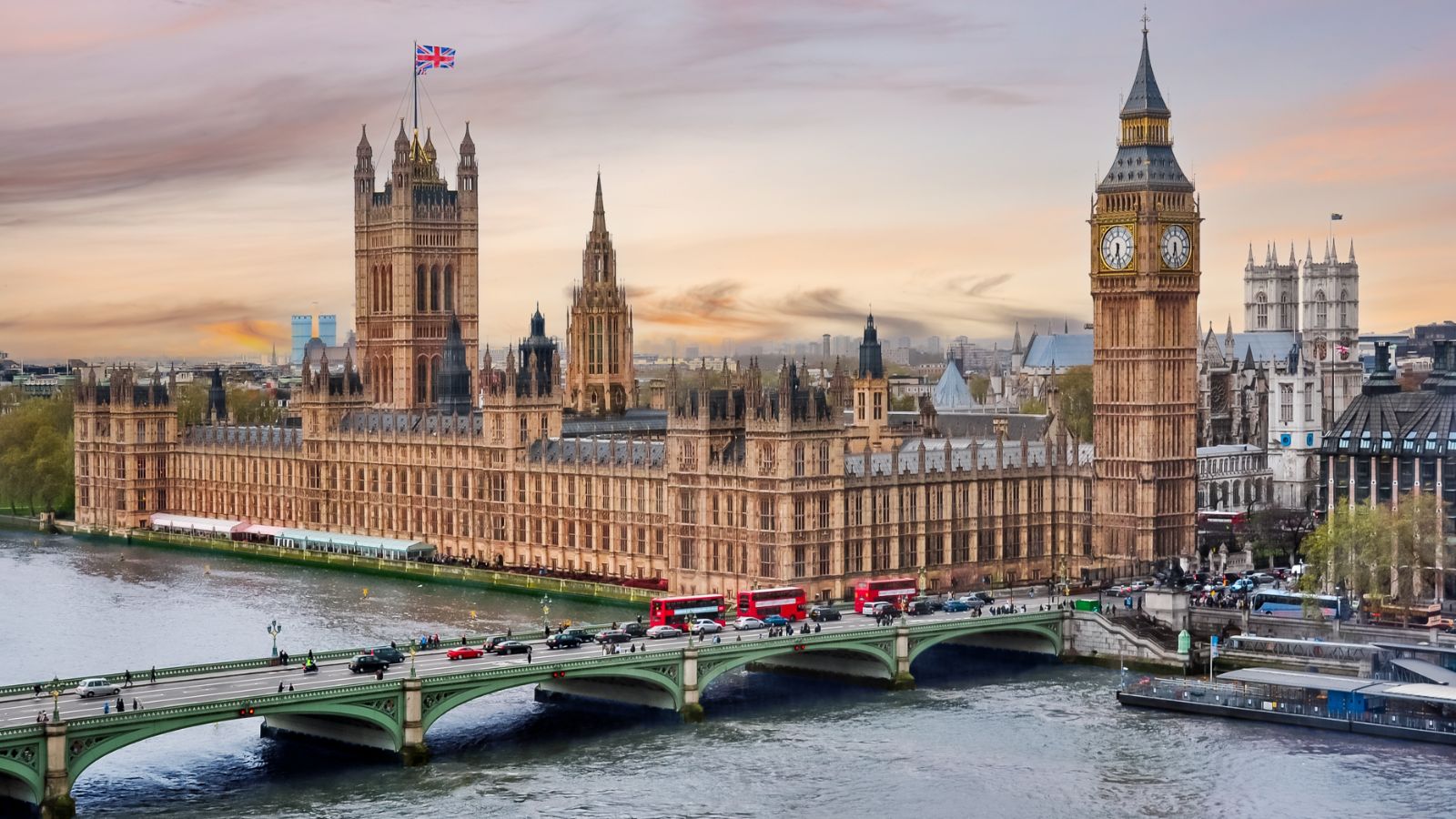
Commonly known as the Houses of Parliament, the Palace of Westminster is the seat of the UK’s government and an architectural marvel. Its iconic clock tower, Big Ben, is one of London’s most recognisable landmarks, and the palace’s history dates back to the 11th century. Its current Gothic Revival design was completed in the mid-19th century.
Warwick Castle
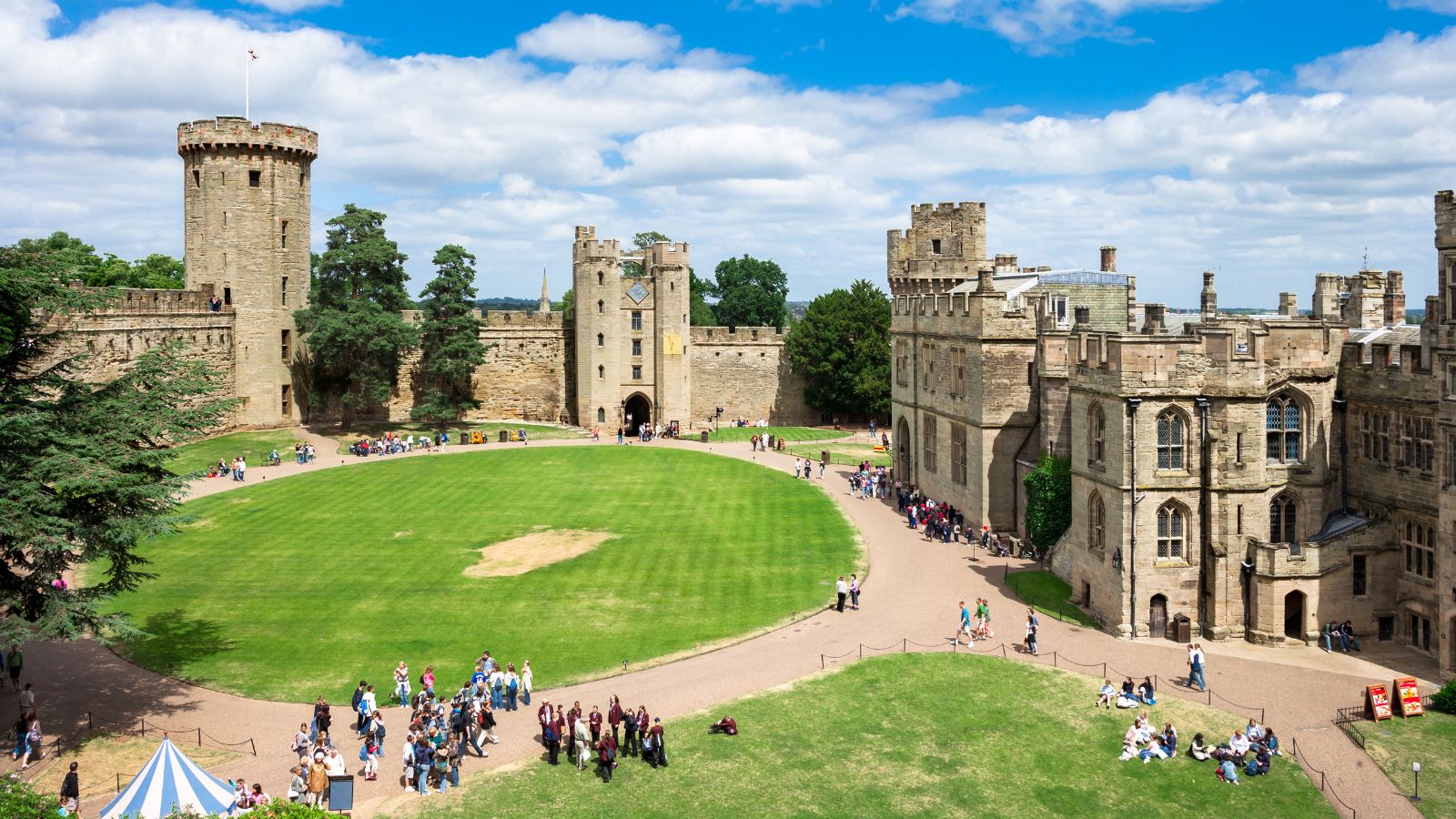
Warwick Castle, located on the banks of the River Avon, is a stunning example of a medieval fortress. Originally built by William the Conqueror in 1068, the castle has been meticulously preserved and transformed into an immersive historical attraction. Visitors can explore the grand interiors, climb the towers for panoramic views, and experience interactive exhibits that bring the castle’s history to life.
The Giant’s Causeway
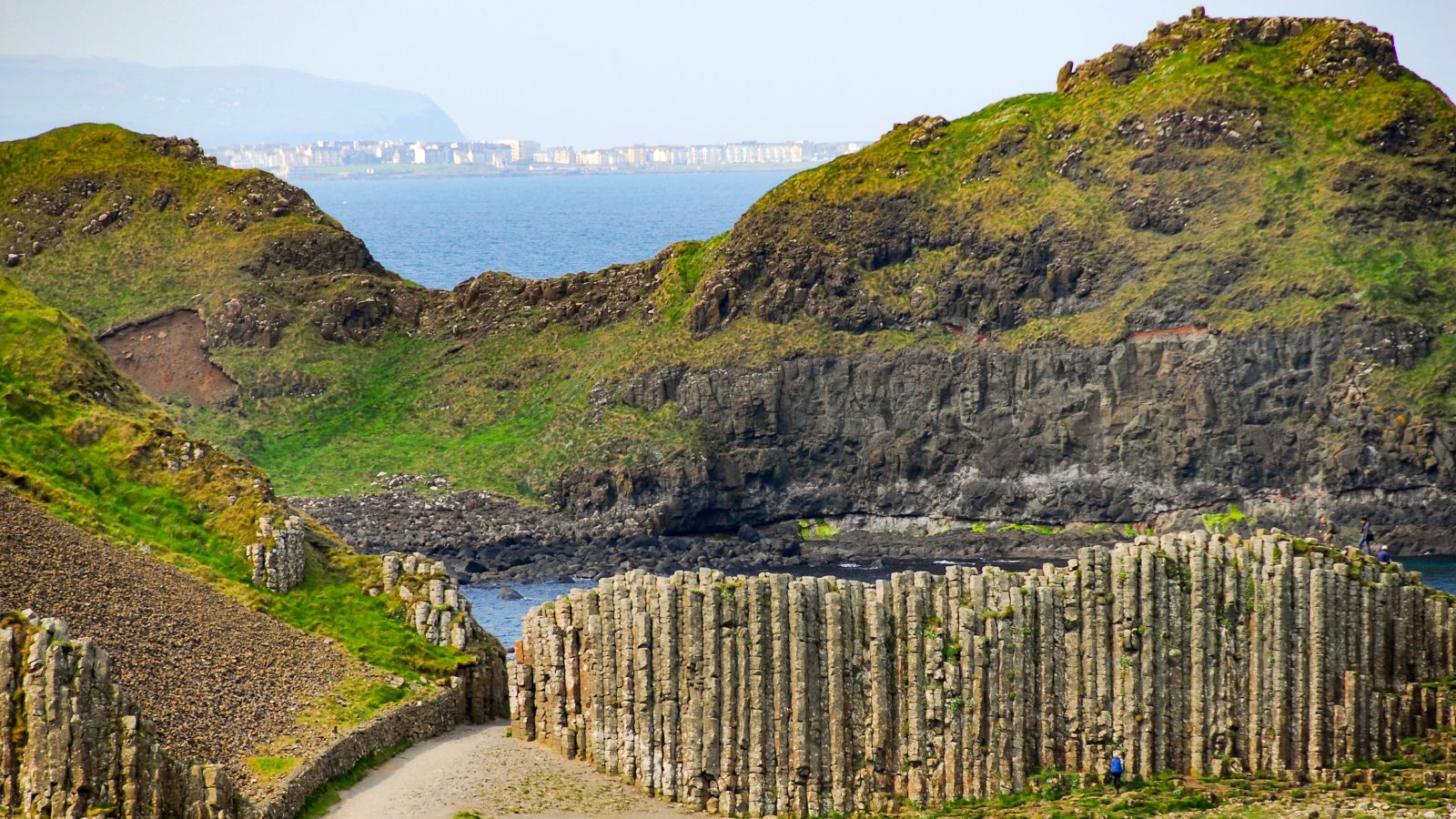
While technically located in Northern Ireland, the Giant’s Causeway is a geological wonder that captivates visitors from across the UK. This UNESCO World Heritage site features around 40,000 interlocking basalt columns, formed by volcanic activity around 60 million years ago. The site is steeped in myth and legend, with tales of the giant Finn McCool using the causeway to cross to Scotland.
Windsor Castle
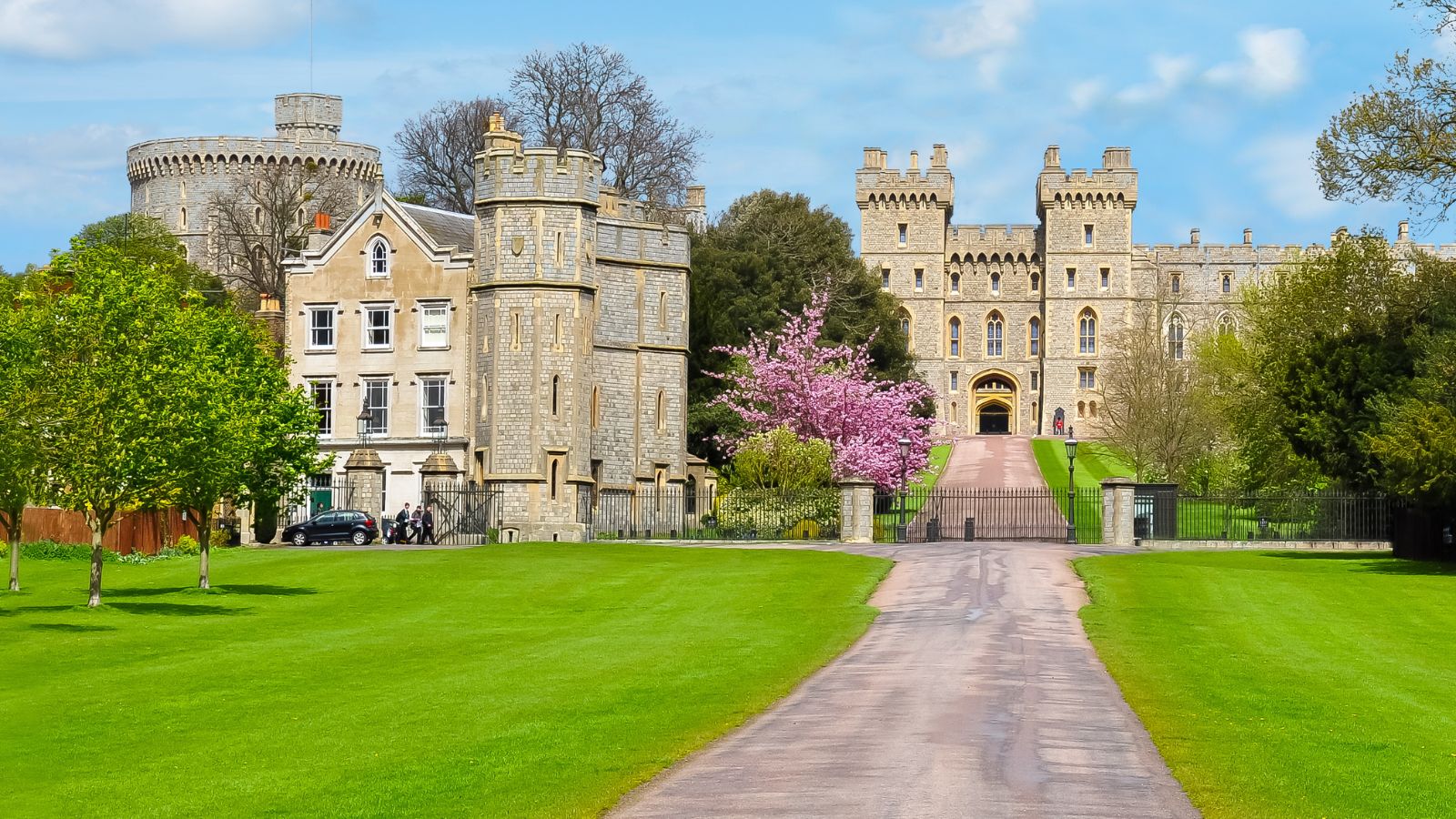
Windsor Castle, the oldest and largest inhabited castle in the world, is a favourite residence of the British monarchy. It was founded by William the Conqueror in the 11th century and has been continuously occupied for over 900 years. The Changing of the Guard ceremony is a highlight, offering a glimpse into the pomp and pageantry of the royal tradition.
St. Paul’s Cathedral
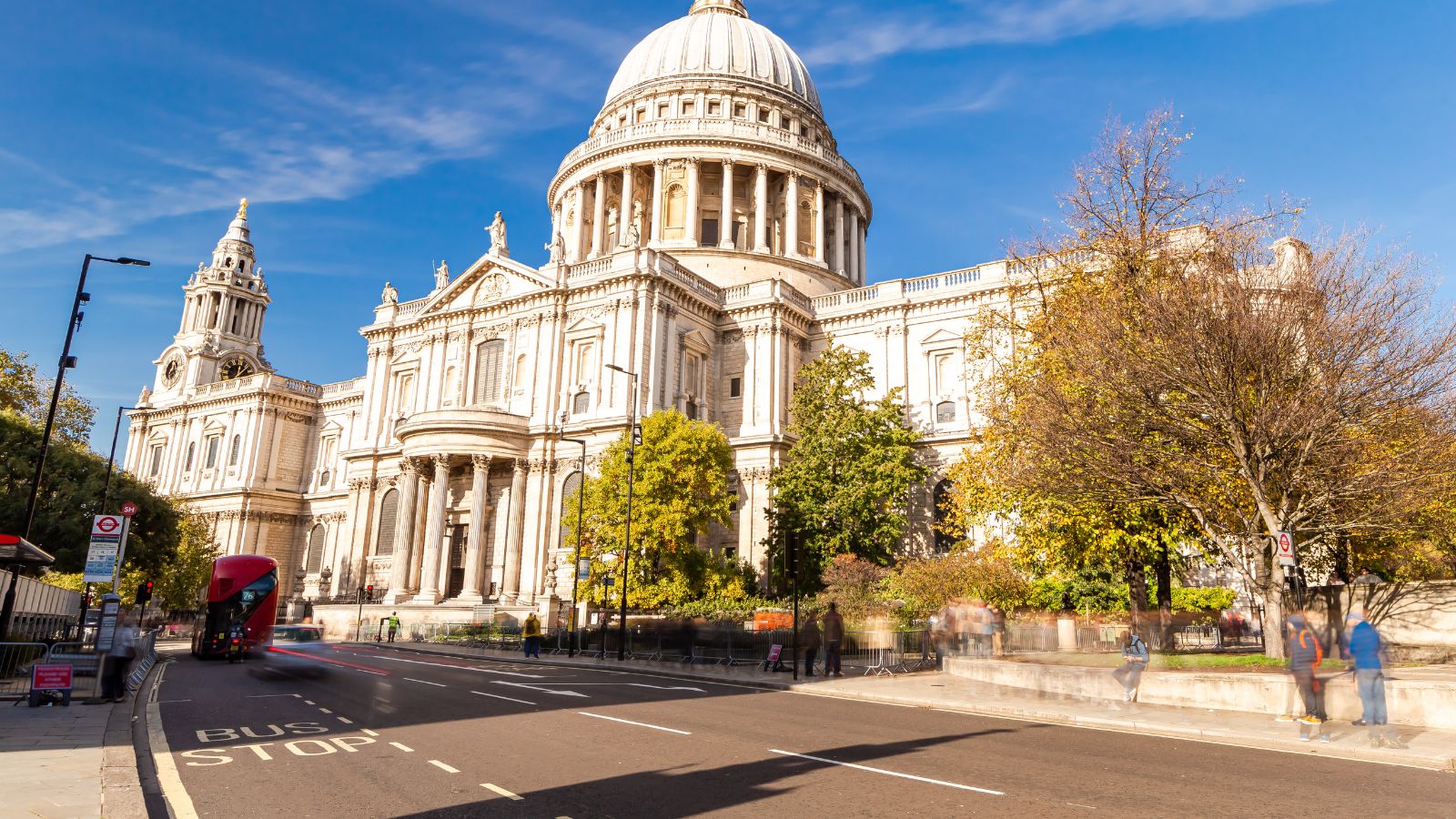
With its majestic dome, St. Paul’s Cathedral is an iconic feature of the London skyline. Designed by Sir Christopher Wren and completed in 1708, it has been the site of many significant events, including the wedding of Prince Charles and Lady Diana Spencer and the funerals of Lord Nelson and Sir Winston Churchill.
York Minster
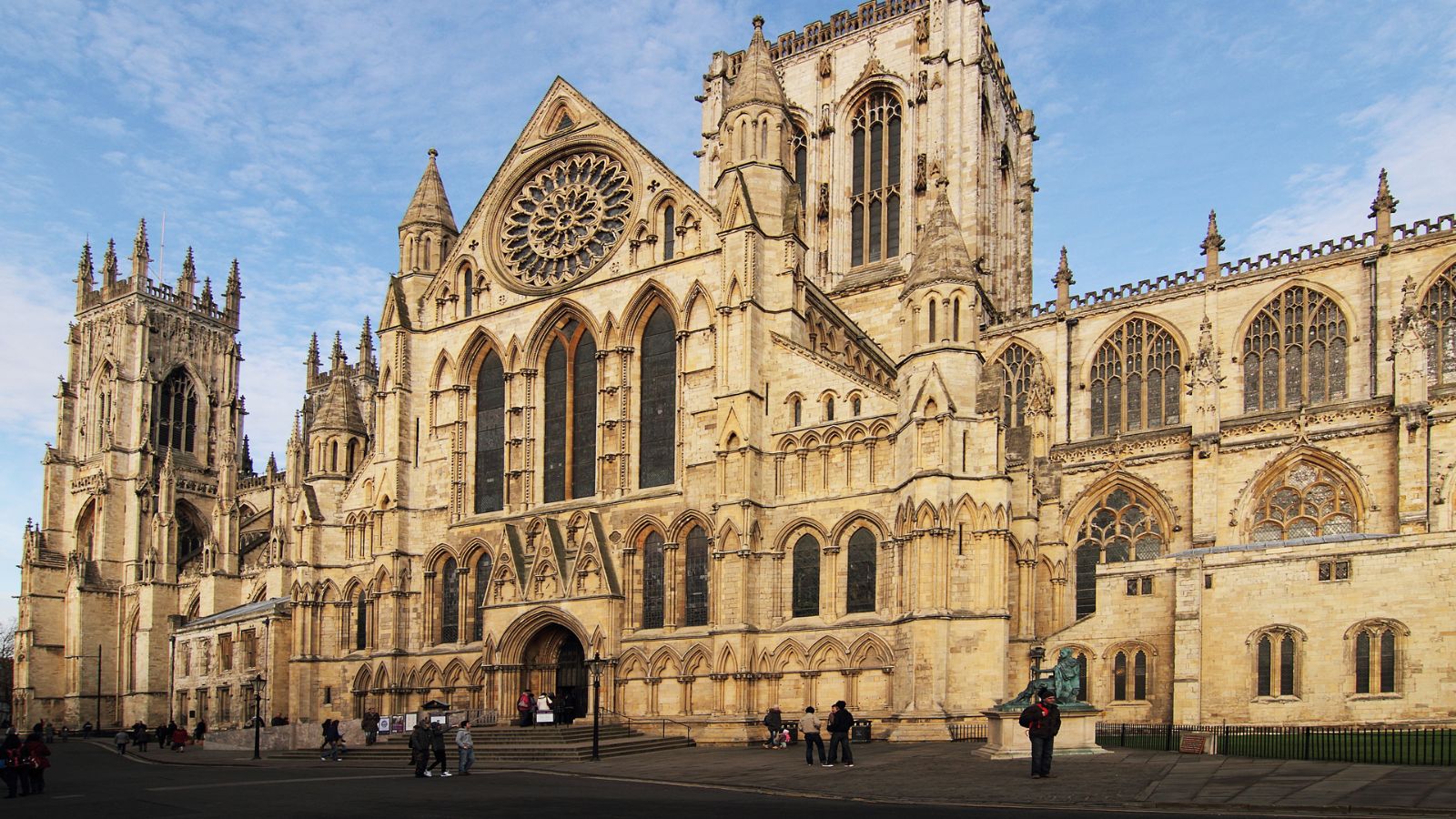
York Minster is one of the largest Gothic cathedrals in Northern Europe and a symbol of York’s rich history, with construction beginning in the 13th century. Its stunning stained glass windows, including the Great East Window, are some of the finest examples of medieval craftsmanship.
Stratford-upon-Avon
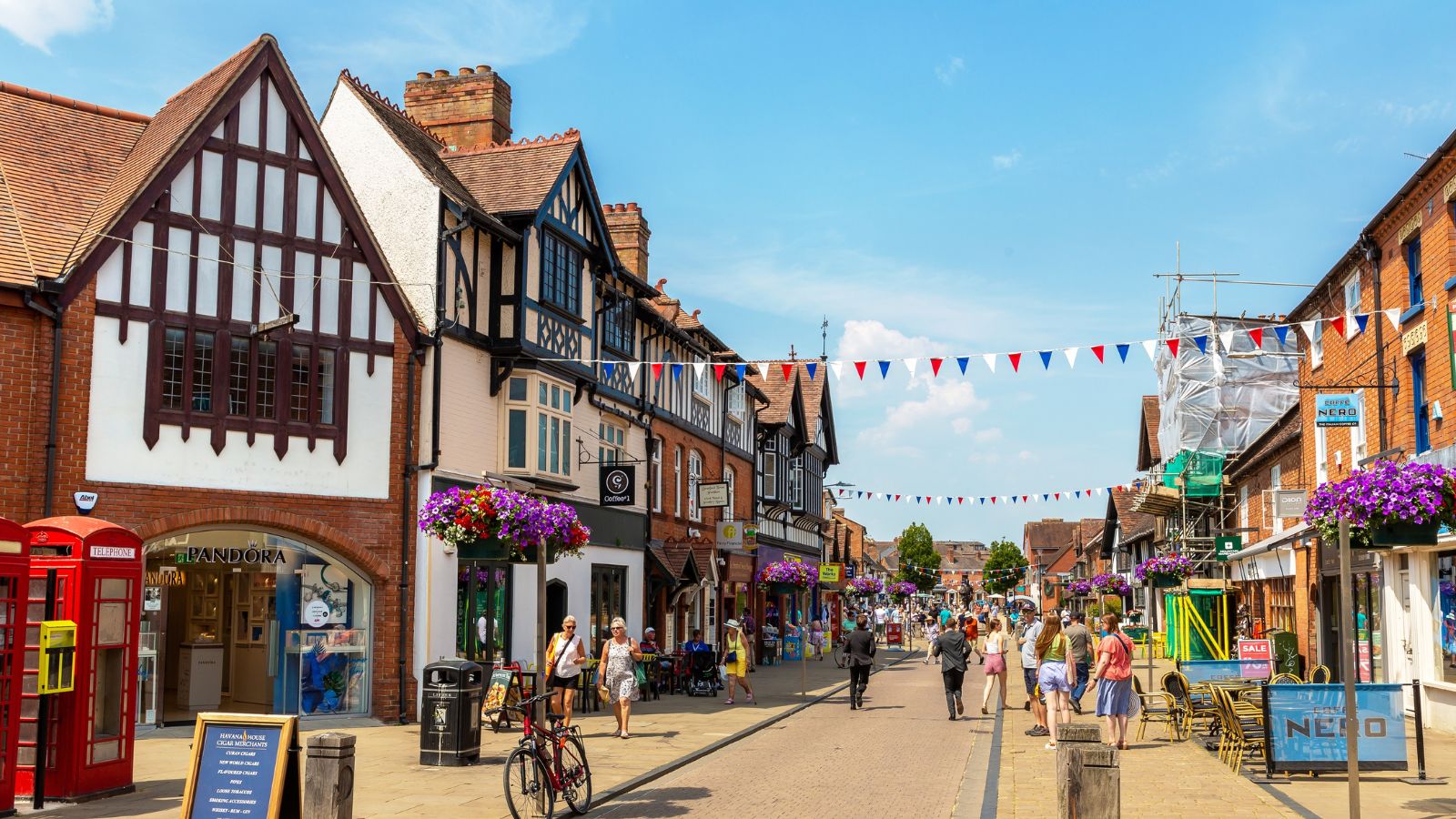
What could be more sacred to the Brits than the birthplace of William Shakespeare? Stratford-upon-Avon is a charming market town where you can explore Shakespeare’s Birthplace, Anne Hathaway’s Cottage, and the Royal Shakespeare Theatre. Walking through the town’s historic streets, you can imagine the life and times of the Bard.
The Lake District
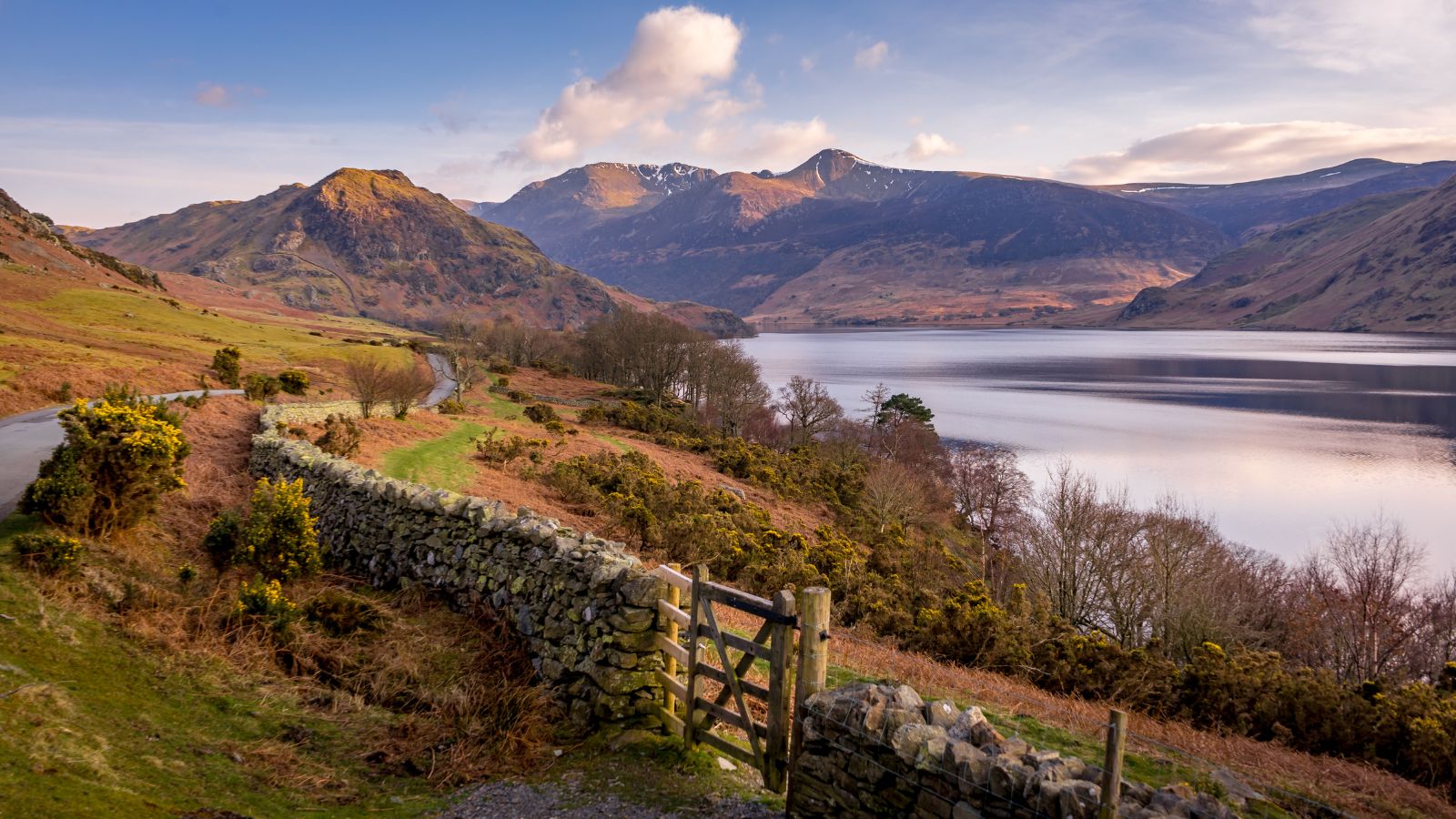
The Lake District, a region of stunning natural beauty in Cumbria, has inspired poets, artists, and writers for centuries. This UNESCO World Heritage site boasts majestic lakes, rugged mountains, and quaint villages. The area’s historical significance is intertwined with its literary connections, particularly to the Romantic poets like William Wordsworth.
Hampton Court Palace
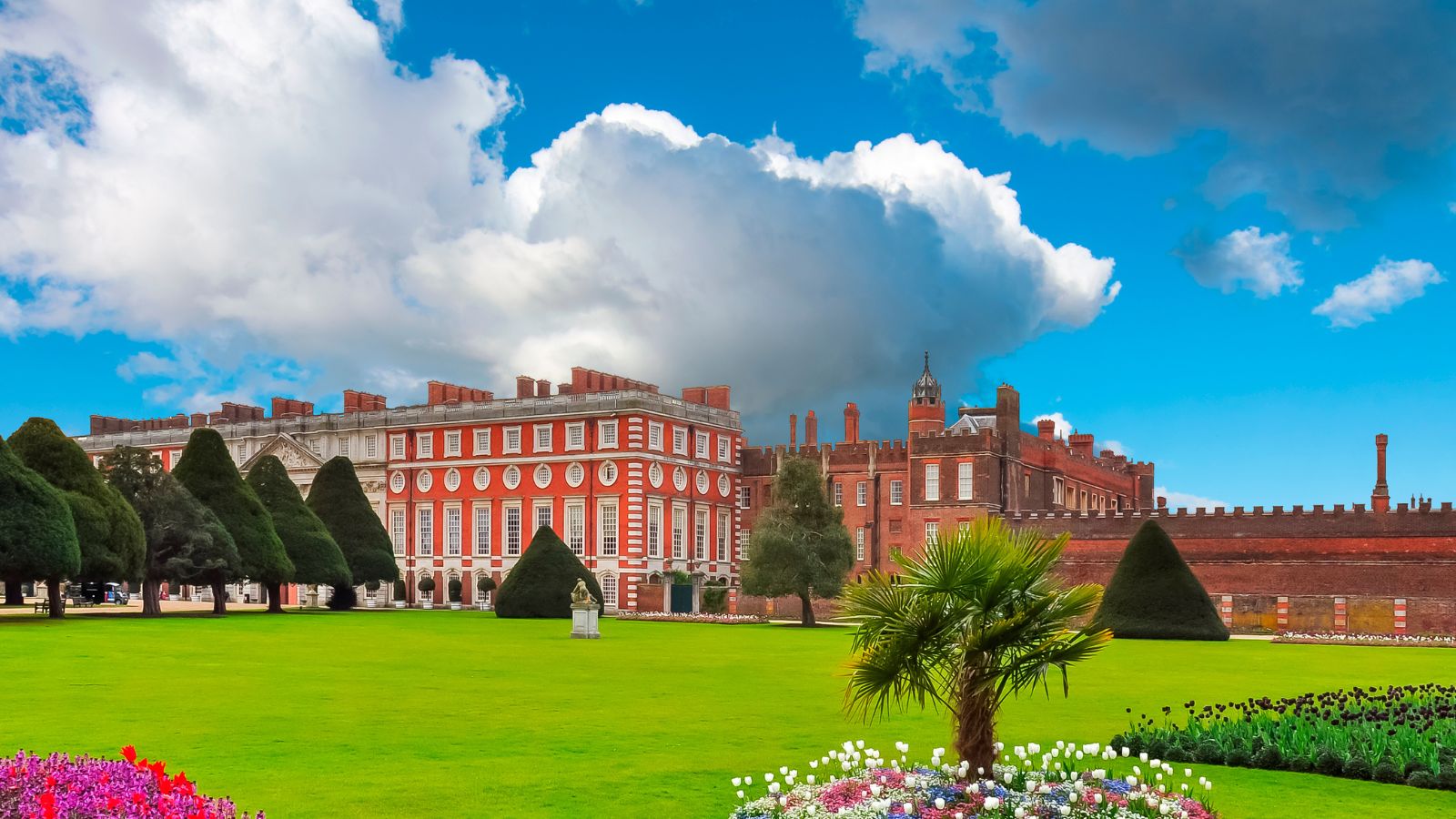
Located on the banks of the River Thames, Hampton Court Palace is a magnificent Tudor and Baroque royal palace. Once the home of Henry VIII, it is rich with history and architectural splendour. Visitors can explore the grand state rooms, the Tudor kitchens, and the beautiful gardens—including the famous maze.
The Cliffs of Dover
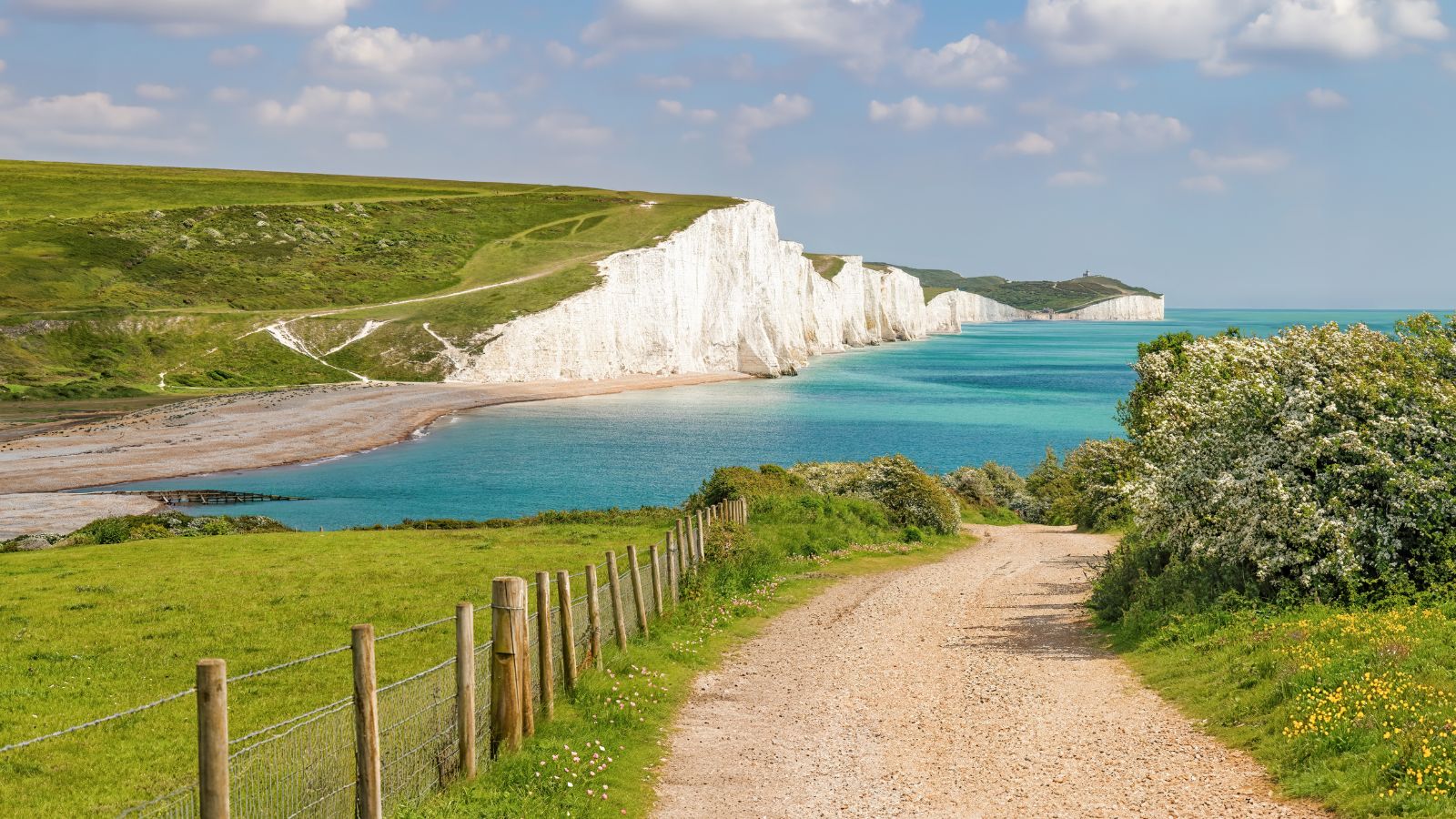
The White Cliffs of Dover are a symbol of Britain’s natural beauty and historical resilience. These striking chalk cliffs face the English Channel, offering stunning views and a sense of awe. They have also served as a natural defence barrier and a poignant symbol of hope during times of conflict, particularly during World War II.
Glastonbury Abbey
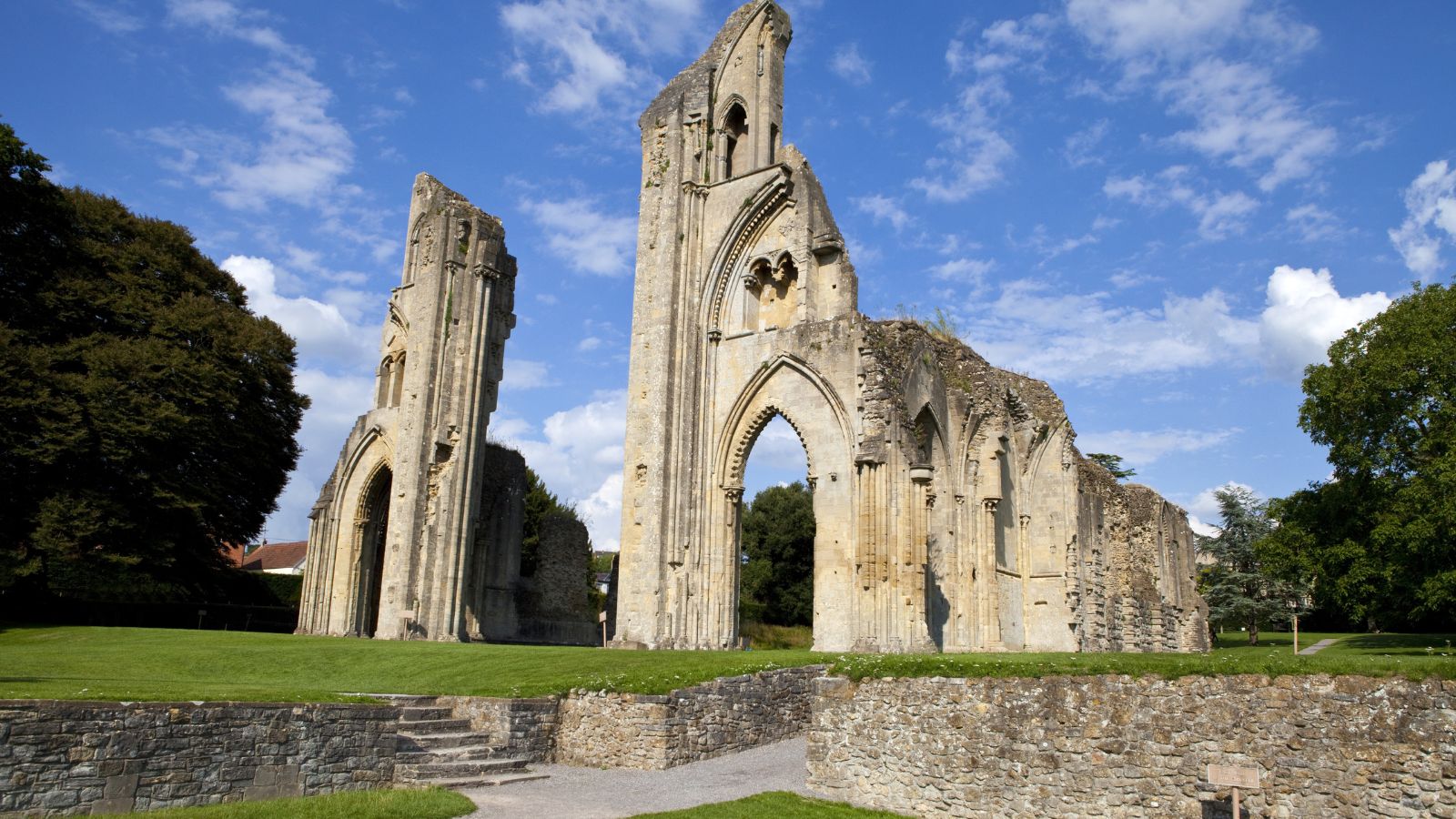
According to legend, Glastonbury Abbey is the burial place of King Arthur and Queen Guinevere. The abbey’s ruins, set in peaceful parkland, offer a glimpse into its grandeur during the medieval period, with tranquil grounds, the ancient abbey kitchen, and the Abbot’s Kitchen.
Durham Cathedral
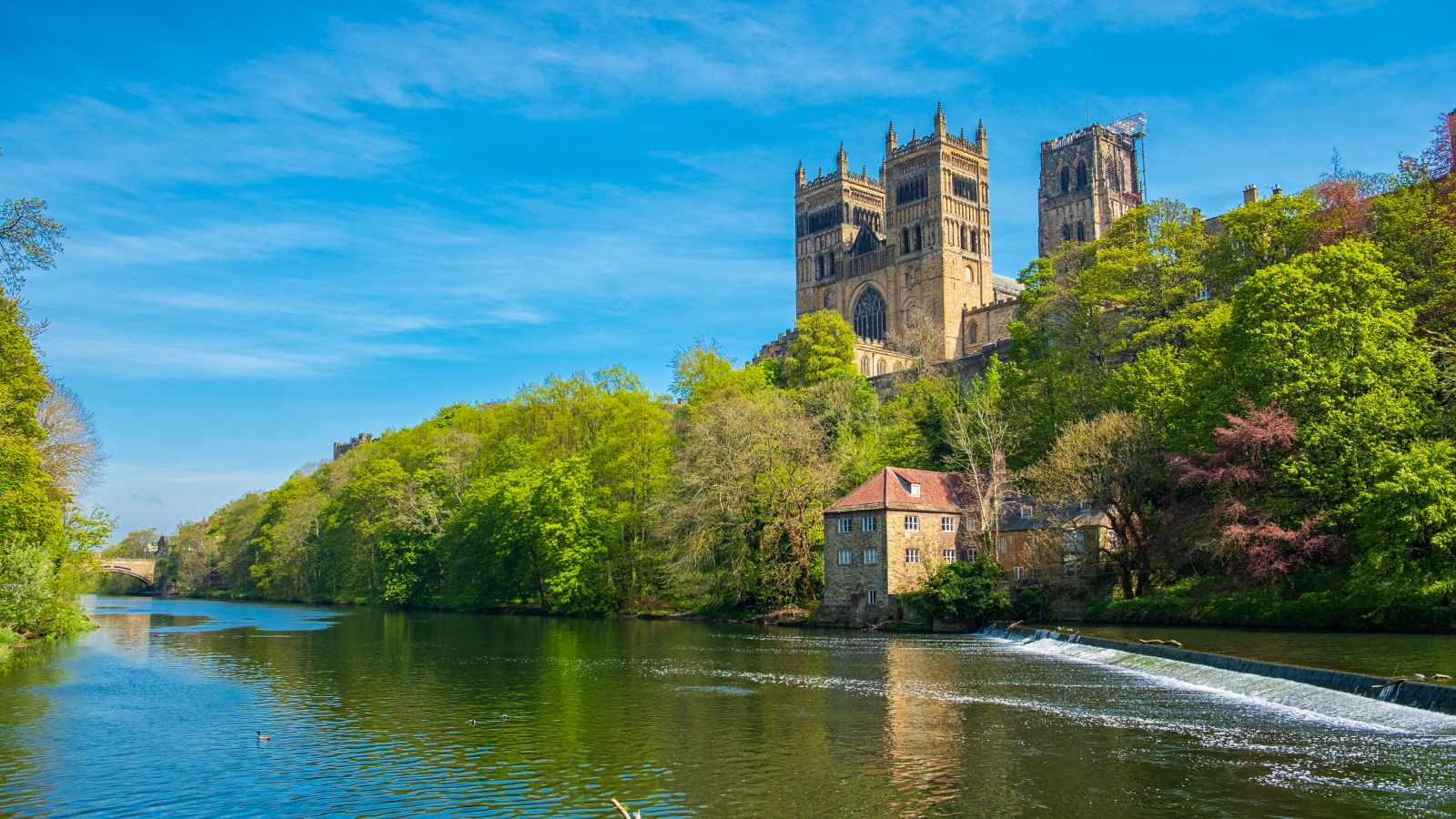
Durham Cathedral, a masterpiece of Norman architecture, stands majestically above the River Wear. Built between 1093 and 1133, it is renowned for its stunning Romanesque design and its role as a centre of pilgrimage. The cathedral’s interior is breathtaking, with its high vaults, intricate stone carvings, and beautiful stained glass windows.

